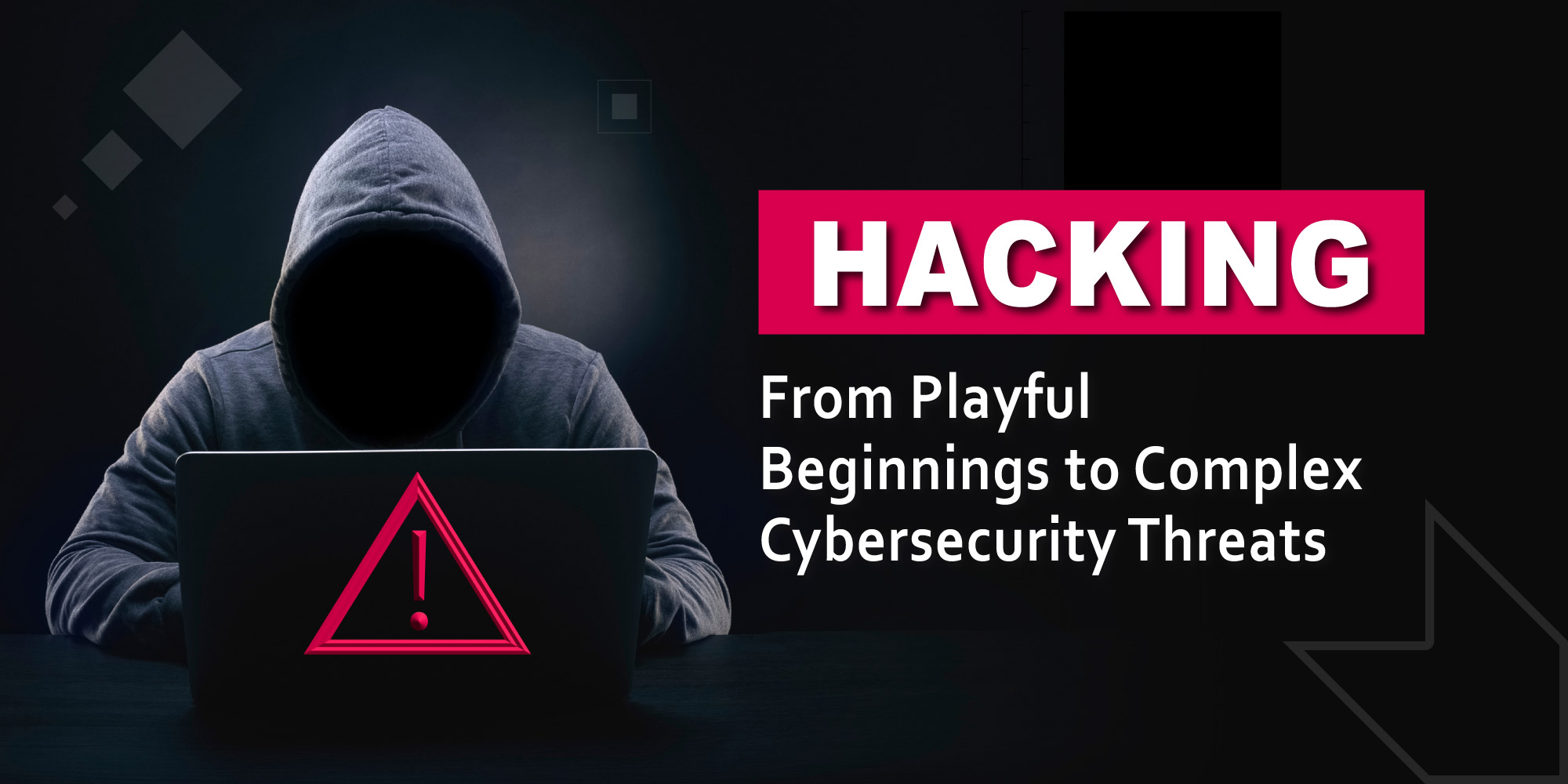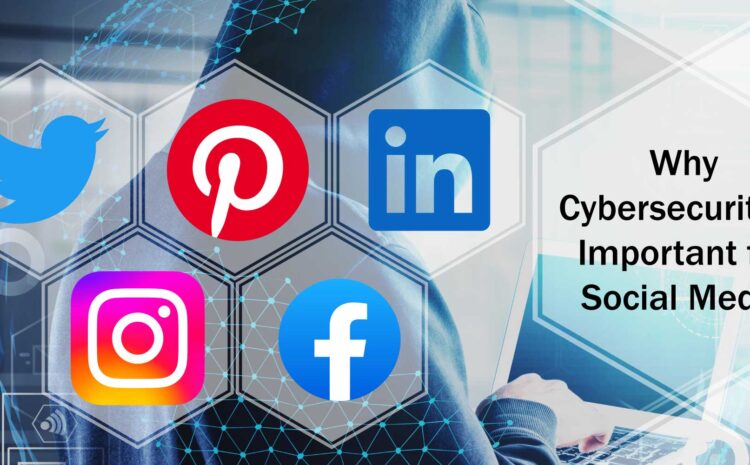Hello and welcome to another History of cybersecurity hacking blog post! In this blog, we will delve into the fascinating history of hacking, from its playful beginnings to the complex and serious cybersecurity threats of today.
Introduction
The term “hacking” has a rich and evolving history that can be traced back to the early days of computing. Originally, hackers were individuals with exceptional computer skills, driven by the desire to solve complex problems and enhance systems. However, as technology progressed, so did the darker side of hacking, often involving unauthorized access to computer systems and networks.
Definition
The act of getting unauthorized access to data in a system or computer is known as hacking. Hackers can use their skills to steal information, disrupt operations, or cause damage.
Hacking can be used for both malicious and ethical purposes. Black hat hackers utilize their abilities for illegal goals such as stealing money or data. White hat hackers utilize their expertise to find and repair security flaws before they may be exploited by hostile actors. Gray hat hackers operate in the middle ground, sometimes using their skills for unethical or illegal purposes, but not always with malicious intent.
Regardless of their motivation, hackers are a serious cybersecurity threat. Organizations and individuals need to take steps to protect themselves from hacking attacks. This can be done by implementing strong security measures, such as using strong passwords, enabling two-factor authentication, and keeping software up to date.
The Early Days of Hacking
Hacking’s origins can be traced back to 1963 when a group of students at the Massachusetts Institute of Technology (MIT) discovered a way to gain unauthorized access to the university’s mainframe computer. Their motivation was rooted in curiosity and the desire to improve the system. They achieved their goal by creating a more efficient and user-friendly operating system, marking one of the first documented instances of hacking.
However, it wasn’t until the 1970s that hacking started to take on a more malicious tone. In 1971, John Draper, also known as “Cap’n Crunch,” uncovered a method to use a simple toy whistle to make free phone calls. This discovery initiated a wave of “phone phreaking,” where individuals used illegal methods to manipulate phone systems for their advantage.
The Rise of the Personal Computer
The 1980s brought significant changes to the hacking landscape with the introduction of personal computers. During this decade, hacking became more accessible to a broader audience. In 1983, a group of hackers known as the “Legion of Doom” released a series of computer viruses that infected millions of computers worldwide, demonstrating the power of their craft.
The 1980s also saw the emergence of the hacker ethic, a set of shared values emphasizing knowledge sharing, creativity, and the belief in free access to information. This ethos played a pivotal role in shaping the hacking culture and still resonates among ethical hackers and cybersecurity professionals today.
The Internet Age
The 1990s ushered in a new era of hacking with the widespread adoption of the internet. Hackers started targeting websites and online services, and they developed increasingly sophisticated techniques to gain unauthorized access to computer systems. Some of the most notorious hacks in recent years include:
- The 2009 hack of Sony Pictures Entertainment, resulted in the theft of millions of customer records.
- The 2013 hack of Target, led to the theft of over 40 million credit and debit card numbers.
- The 2014 hack of Equifax, resulted in the theft of personal information for over 145 million individuals.
The Future of Hacking
Hacking remains a constantly evolving threat, and hackers continuously develop new methods to compromise computer systems. As technology advances, individuals and organizations need to stay informed about the latest hacking threats and take proactive steps to protect themselves.
Here are some vital tips for safeguarding against hackers:
- Use secure passwords for all online accounts and activate two-factor authentication.
- Keep your software up to date, including your operating system, web browser, and antivirus software.
- Use caution while clicking on links and opening email attachments.
- Download software only from trusted sources.
- Stay vigilant against phishing scams, which are designed to trick you into revealing your personal information.
Conclusion
The history of hacking is a tale of curiosity, innovation, and, at times, malicious intent. While hacking has evolved significantly over the years, it remains a powerful and ever-present threat in today’s interconnected world. By staying informed and adopting sound cybersecurity practices, individuals and organizations can better protect themselves from the ever-changing landscape of hacking.

 Linkedin
Linkedin


